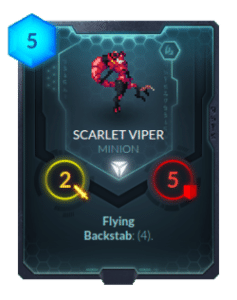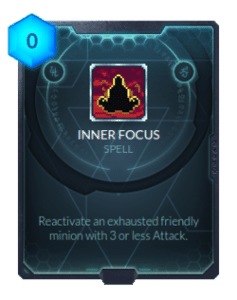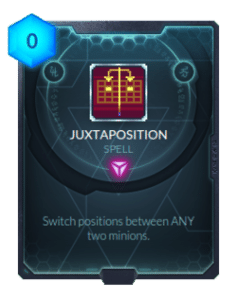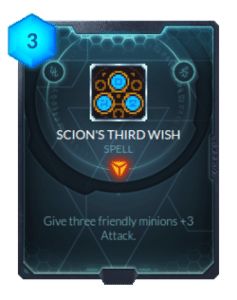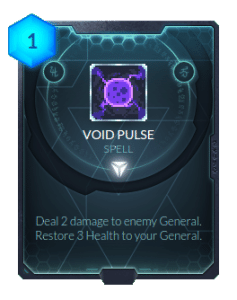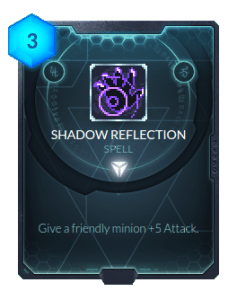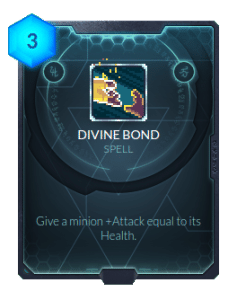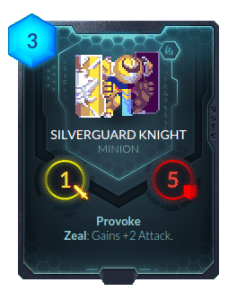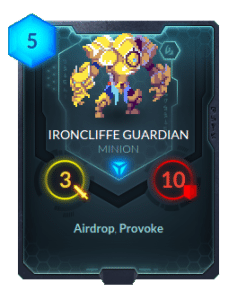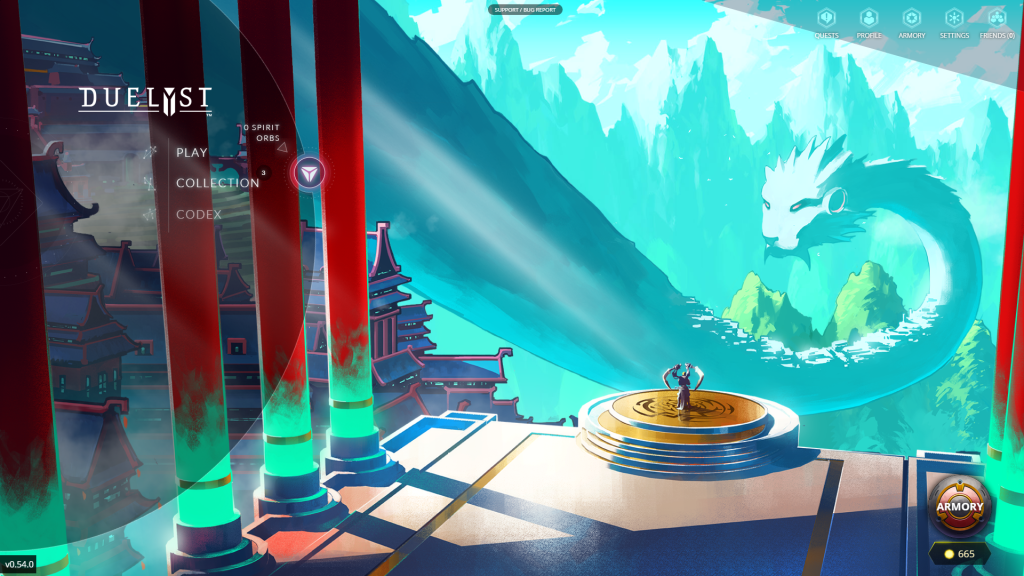
I recently made a post about the collection and meta card game aspects of Duelyst. In this post, I’m going to focus on the actual tactics gameplay that takes place within your typical match.
Positioning
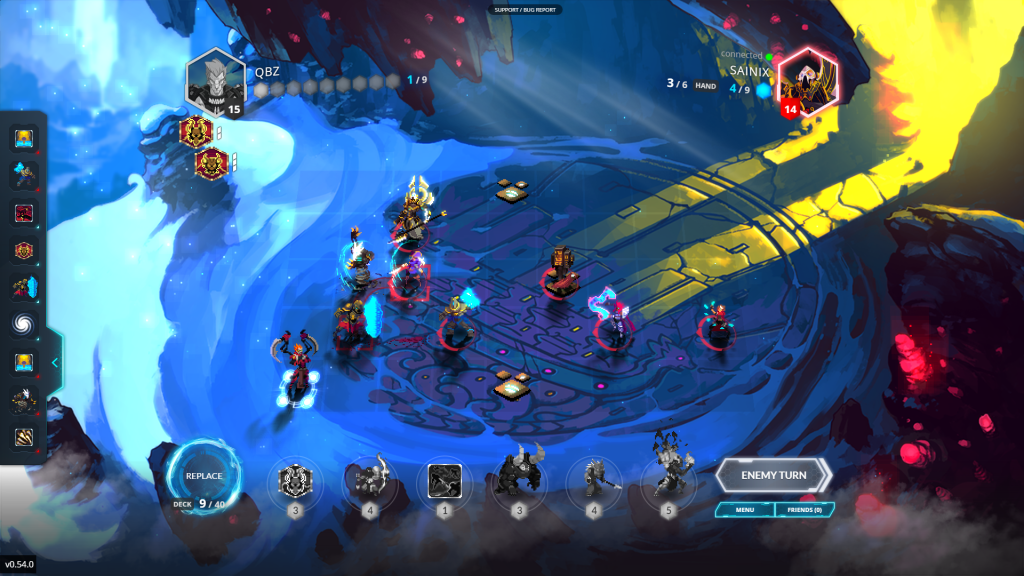
One of the most central aspects of any tactics-style game is positioning, and Duelyst is no exception. Where you’re allowed to and where you choose to place your units has a massive effect on a match. Positioning is essential in Duelyst for a number of different reasons.
First, positioning dictates where new units can be summoned. New units can only be summoned on tiles surrounding your general or one of your existing units. This restriction increases the utility of rush units, units that can move and attack the same turn that they’re summoned, because they have a second function as mobile summoning pads.
Second, (and this one is probably obvious) positioning controls the movement of units in battle. You can freely pass through your own units, but not your opponents’ . Therefore, careful placing of units can protect your general or high value units by preventing enemy units from reaching them. Provoke minions, minions that prevent surrounding enemy minions from moving or attacking anything other than the provoke minion (similar to taunt in Hearthstone), provide even more control and protection.
That is not to say a wall of carefully placed minions will guarantee safety. Some minions have ways to move other minions around the battlefield. A provoke minion won’t provide any protection if its teleported from the fray of the fight to the corner of the battlefield.
In addition, there are minions that aren’t as restricted by their position on the battlefield as others. Ranged minions can attack any unit on the battlefield. Flying units can move to any unoccupied space on the battlefield. Of course, ranged minions can’t attack a different minion if they’re provoked, and flying minions can’t fly away if they’re provoked as well. Another exception to positioning restrictions, airdrop units can be summoned on any unoccupied space on the battlefield.
Consistency
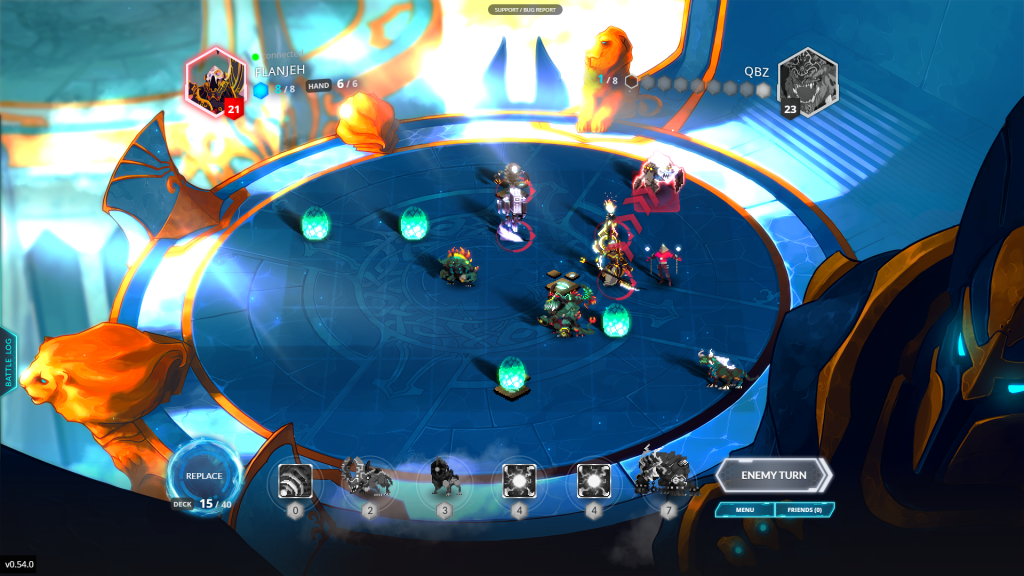
Consistency is more of a CCG concern than a tactics concern, but there’s no way I could talk about Duelyst’s gameplay without mentioning its systems to ensure deck consistency.
More than any other CCG I’ve played, Duelyst strives for consistency. Like Hearthstone, mana is automatically granted at the start of each turn, so you don’t have to worry about drawing mana. Also, you’re allowed a partial mulligan at the start of each game, only sending away the cards you don’t want. However, the single biggest factor in increasing consistency is the ability to replace cards. Every turn, you can shuffle a single card in your hand into your deck to draw a new card. This makes finding removal or critical cards significantly easier. In addition, the the replace system allows you to run more tech and niche cards without worrying that they’ll clog up your hand.
The randomness in Duelyst is relatively limited, but it still does have a few RNG-based cards that make games less consistent and more in the hands of of RNJesus. In the above picture, you can see one of the worst RNG cards in the game, Chrysalis Burst, which I’ll go on to complain about later. But as a whole, there’s far less RNG present in Duelyst than in Hearthstone.
This level of consistency might sound like a dream come true to a card game player, but it’s double-edged sword. Your deck is more consistent, but so is your opponent’s. Combo decks are much stronger in Duelyst than other CCGS because finding the combo pieces is much easier, and combo decks can sometimes be frustrating to play against. I’ll go into this a bit more when I talk about interactivity.
Snowballing
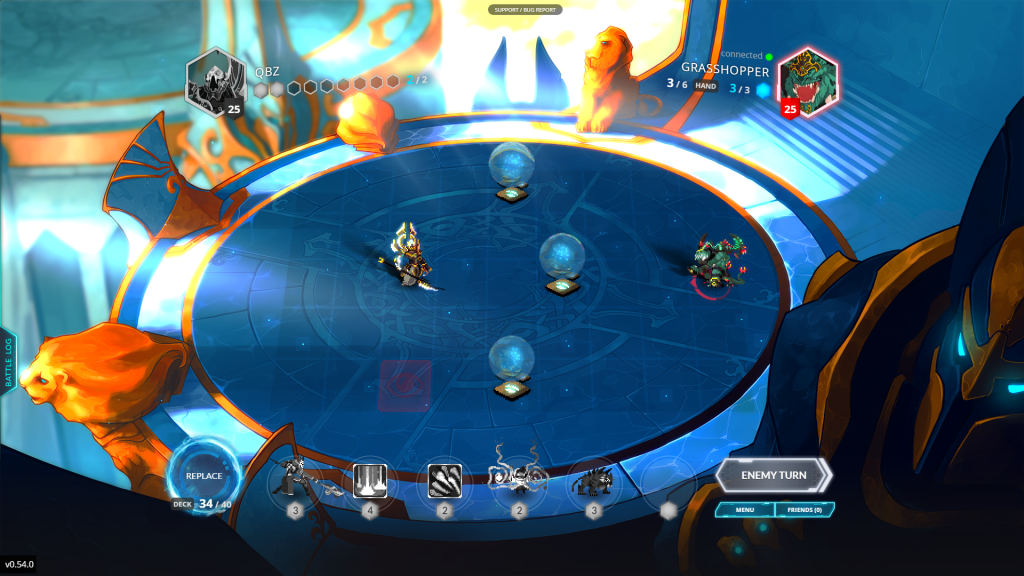
One of Duelyst’s flaws is that games can quickly snowball out of control if you lack plays in the early game. Partial mulligans and card replacement make the inability to find an early game play a rarity, but when it does happen, you will likely get stomped into the ground.
The snowballing issue is partially caused by weak AoE removal. With the exception of Lyonar’s Tempest, AoE removal in Duelyst is very conditional. And its conditional nature means skilled players play around it.
Another cause of the snowballing issue is the existence of Mana Springs. Three tiles in the middle of the battlefield have a single-use Mana Spring on them. If your general or a=one of your units enters the tile of a Mana Spring, you get one additional mana to spend that turn. The issue with the Mana Springs is that if your opponent has a strong opening with solid early game minions and you don’t, they can more easily claim the Mana Springs and further improve their opening.
Interactivity
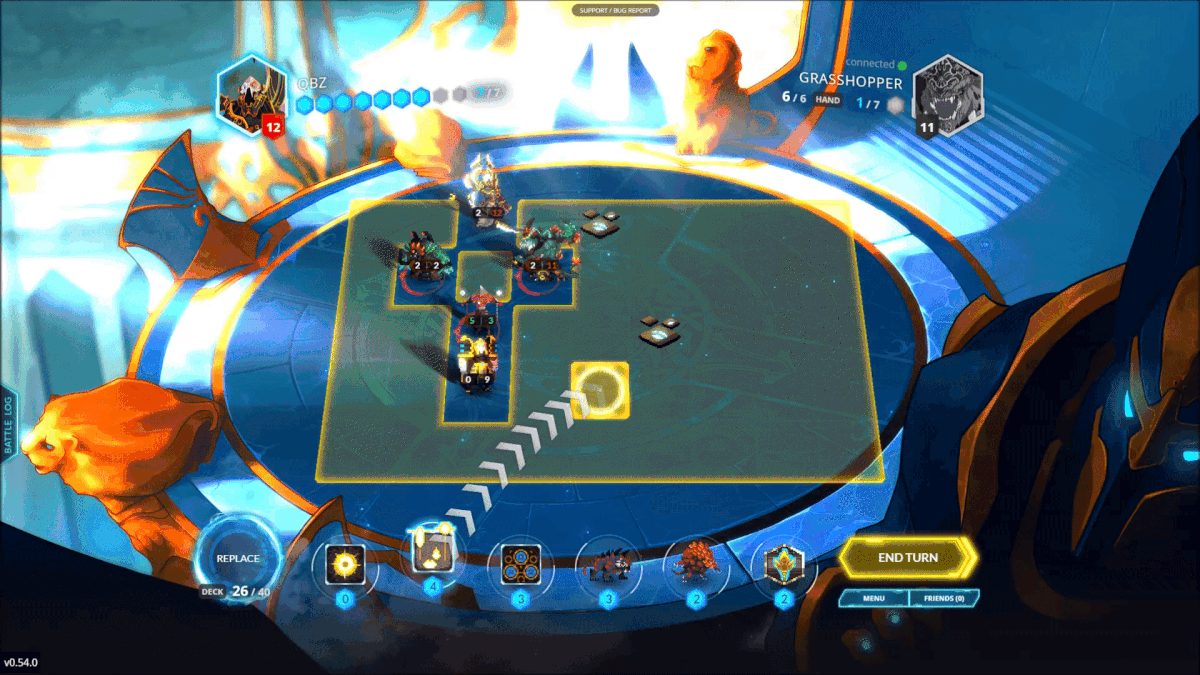
My biggest complaint about Duelyst is the brutal amount of damage that can come out of player’s hand. Every so often, the stars will align for your opponent and you’re gonna be really mad when the game ends.
Songhai
The Songhai are probably the worst offenders of non-interactive play. Some of their units have the backstab ability, meaning that they deal additional damage if attacking from behind. This would be fine on its own, but Songhai also has inner focus. Inner focus allows units to move and attack again. It’s limited in that it can only be used on minions with base power three or less, but because backstab units tend have a low base power (less than three), they can be reactivated with Inner Focus even if their backstab attack will deal more than three damage. You can prevent some of the nonsense by using provoke minions, or having minions protect your general’s back. However, Songhai has access to Juxtaposition, and other tricky cards that mean that you’re never truly safe.
Vetruvian
The Vetruvian, in general, are pretty fair and predictable. However, they also have a powerful combo in the form of Stars’ Fury and Scion’s Third Wish. Scion’s Third Wish is very strong, but has the restriction that you need to cast it on three different minions. This makes Stars’ fury a perfect match for it. Stars’ Fury can be played around by lining up your minions so the tile in front of them is occupied and therefore the minimum amount of dervishes spawn. And although you can reduce the amount of dervishes that will spawn from Stars’ Fury, sometimes it’s not reasonable to reduce the total number of enemy units plus spawned dervishes below three to play around Scion’s Third Wish. It’s not too bad though, a decently placed provoke minion will stop the combo in its tracks.
Abyssian
For those familiar with Hearthstone, Abyssian might be described as the Face Hunter of Duelyst. They have a lot of spells that deal damage directly, and sometimes they can win by going straight for your general and ignoring all the units you summon.There’s really no counter-play to recommend here other than to run a bit of healing in your deck.
Lyonar
Lyonar’s main burst is achieved through a spell called Divine Bond. It gives a minion additional attack equal to its health. This can lead to some crazy burst, since Lyonar tends to run minions that have relatively low attack but very high health. Your instinct might be to ignore low attack, high health minions because they don’t appear to pose too much of a threat and they’re difficult to kill. However, clearing Lyonar minions aggressively will protect you from this combo. It’s also worth noting that the attack gain is equal to current health, not maximum health, so even if you can’t kill a minion outright, you can reduce the damage it represents through divine bond.
Magmar
Magmar doesn’t have too much burst, but I do want to take a moment to mention a particular card. Chrysalis Burst is probably my least favorite card in Duelyst. It spawns eggs containing random Magmar minions on random tiles. The vast spectrum of possibilities this randomness creates is what’s so frustrating. If the eggs spawn close to your army, they might be easy to deal with and Chrysalis burst would have been a waste for the Magmar player. Alternatively, all of the eggs could spawn on the far side of the battlefield and you could ignore them if the game’s coming to a close. However, the eggs might also spawn just outside your attack range so that you can’t kill them and they’re going to be a threat when they hatch. Furthermore, the minions that hatch could either be low cost minions that aren’t that big of a deal, or incredibly powerful expensive beaters. Chrysalis Burst can be either useless or game winning. Usually it’s somewhere in-between, but when either of those extremes occur, it feels bad.
Vanar
Again, I’m going to leave Vanar out of my discussion cause I don’t play against it frequently enough to have a good idea of how it plays.
Conclusion
I hate to end on a negative note, because as a whole, I really enjoy Duelyst. The games I lose to frustrating non-interactive stuff or my opponent snowballing out of control are
far outnumbered by awesome back and forth strategic tactics battles. Furthermore, all the non-interactive cards I mentioned above can be played around to some extent to at least lessen their impact. All in all, if you like either CCGS or Tactics Style combat, Duelyst is great game that’s worth checking out. If you’re interested in Duelyst, you can check out their website, forums, or wiki.
